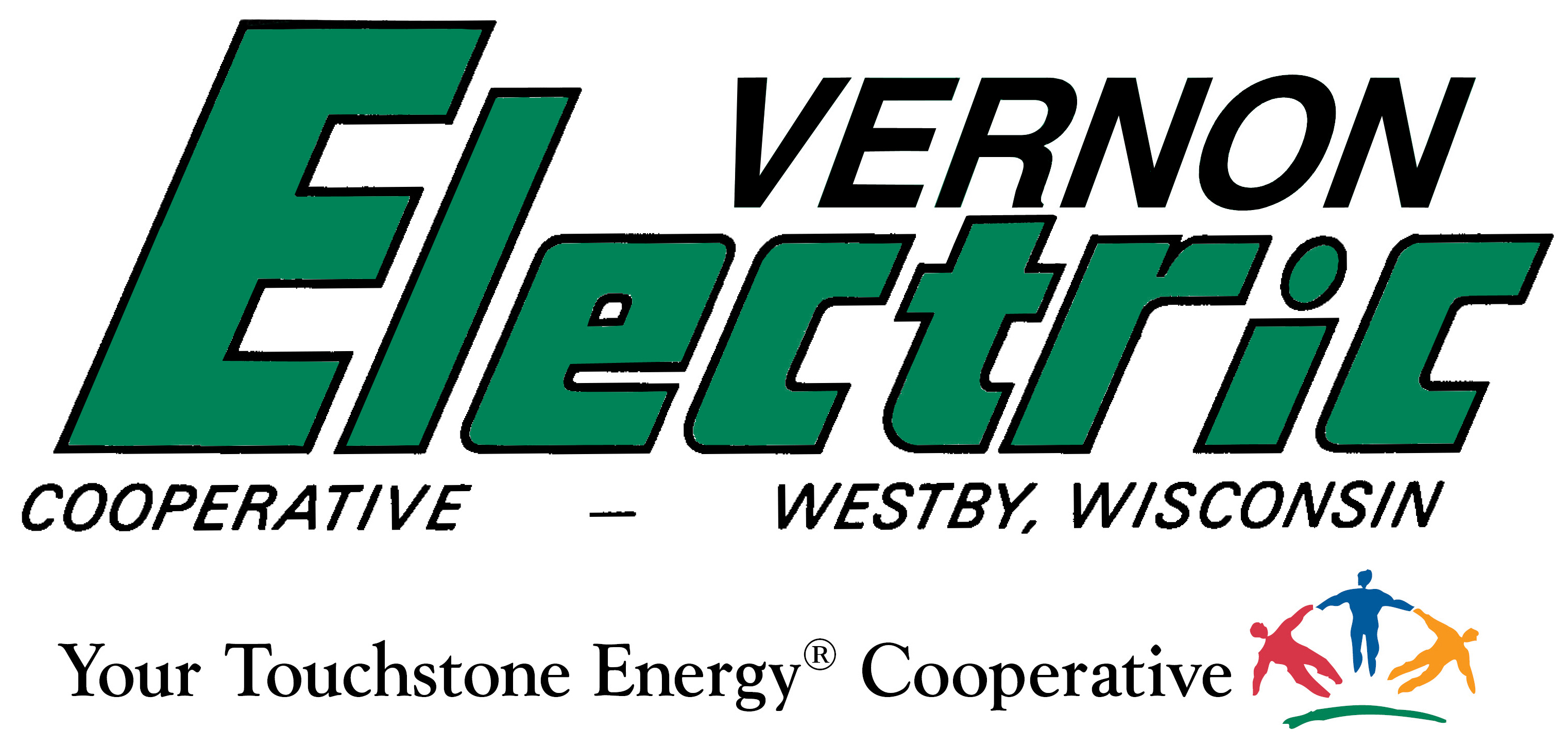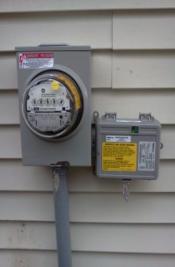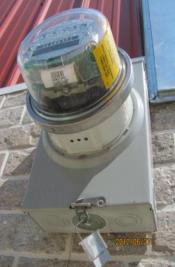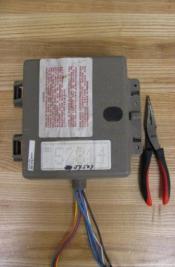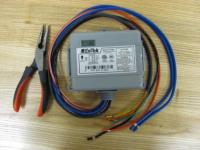Dual Fuel is a plan where you can have electric heat, on a separate meter, with a fossil fuel or storage heat backup and gain the comfort and security of electric heat at a special low electric rate on that separate meter.
The system comprises of two fuel sources - electricity as the primary system - and an alternate fuel such as LP, natural gas, thermal storage or fuel oil as the secondary source. If you presently have an electric heating system, you can still benefit by oil, natural gas, thermal storage or LP. If you have an oil, natural gas or LP furnace or boiler, you can benefit by adding an electric system.
Your Dual Fuel system is then connected by a radio-controlled relay on the separate meter to the central control station. During peak periods, when demand for electricity is highest, a dispatcher can switch your home heating system from electric to the secondary fuel for a few hours. Another signal will switch your home back to electric heat. Though rare, the maximum amount of controlling can be 12 hours in a 24-hour period. In the summer, if you have a central air conditioner, air-source heat pump or geothermal heat pump on the off-peak meter, you may see the system get cycled every 15 minutes during a control period. Air conditioning control periods usually happen on hot, humid afternoons and typically don't last more than 4.5 hours (on and off every 15 minutes).
Load controls come in different styles and forms depending on the situation. Your control may look like one of the load controls pictured below. Lights appear either in a little window or, in the case of a socket extender/control combo unit, on the bottom of the unit. A green light means the control has power and is capable of receiving a load control signal. A red or amber light means a load control is currently happening and your electric heat, water heating or air-conditioning has been temporarily turned off. The load control system status can be viewed in real-time by clicking on the "Load Control Status" button on the top of any webpage.
Below are electric heat links to websites that have more information on those respective types:
